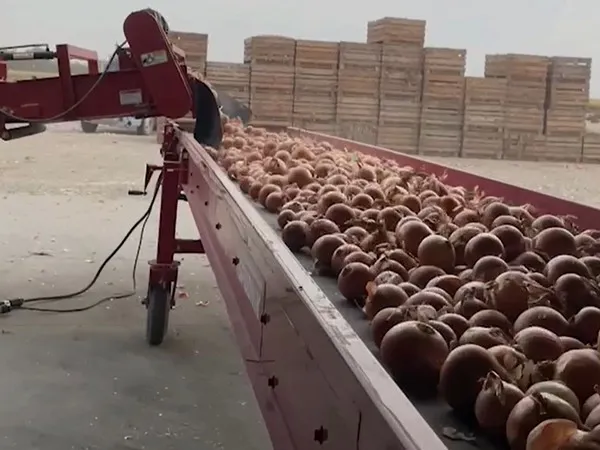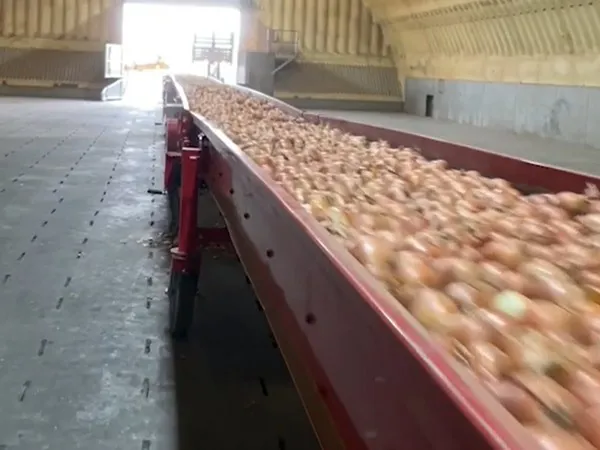Idaho onions have finished with harvest and one grower says there’s a 40 percent reduction in the crop over last year.
“I attribute it to five different things,” says Shay Myers of Parma, ID-based Owyhee Produce. “There was record dry weather, record windy weather, record high temperatures, record smoke-filled skies and a record labor shortage.”

That combination also led to a delayed start in harvest by about three weeks. “I don’t know what it will mean to our finish. We’ll have to manage sales more carefully to make sure we don’t run out and to keep our longtime customers supplied through these challenging times,” says Myers.
It’s likely that Idaho isn’t the only state to suffer from this combination of issues. Myers notes that the Northwest in general has varying degrees of these issues and are experiencing subsequent impacts of them.
Unpredictable demand
Meanwhile demand is about status quo currently. “I think we still have the volatility associated with foodservice and restaurants and COVID in general. You have to take into account consumer confidence when they’re going out to do their Christmas shopping and their willingness to go out to eat, etc. That all comes into play. So demand is less predictable right now,” adds Myers.
As for pricing, on reds and yellow onions, Myers notes it’s the highest seen in two decades at this point in the shipping season. “The last time we saw numbers close to this--and they weren’t this high--was in 2005. The prices are already high reflecting the short nature of the crop but we’ll see how things continue to develop,” he says.

One thing that could impact pricing are of course imports. “But with the challenges at the ports and delays, I don’t see imports being a major issue,” says Myers. “The Dutch crop is slightly smaller than normal this year and sometimes they put some pressure on our market. But they won’t this year based on what the crop looks like there.”
Also as growers and shippers across the country are noting, higher input costs are also a factor in pricing. “As producers we are seeing massive increases in our costs of production both as farmers and as packers. Everyone’s reevaluating what the baseline bottom price should be,” says Myers.
 For more information:
For more information:
Shay Myers
Owyhee Produce
Ph: 1-541-610-0410
shay@owyheeproduce.com
